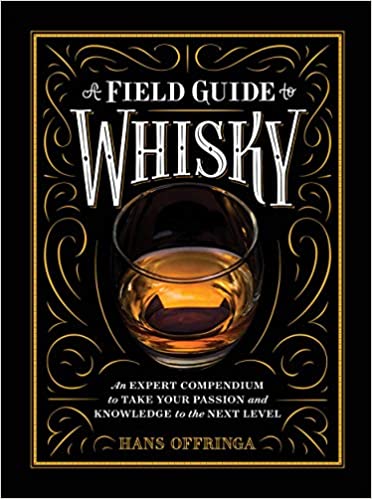 St Patrick’s Day is canceled once again this year, so no parades, no green beer, no bars blaring The Pogues or Dropkick Murphys and no party-goers spilling into the streets wearing “Kiss Me I’m Irish” shirts (despite not being Irish in the slightest). Of course, St Paddy’s wasn’t always about over-imbibing. Traditionally, it’s the Catholic feast day of St Patrick, the patron saint of the Emerald Isle who is credited with both converting the Irish to Christianity and, famously, for driving the snakes out of Ireland. It wasn’t until Irish immigrants landed in populous North American cities that the day took on its current form of secular revelry (the first St Paddy’s parade was held in Boston in 1737—so it’s fitting that almost 300 years later, the unofficial festival anthem is now “I’m Shipping Up to Boston”!). So since we won’t be donning our sparkly green shamrock headbands this year (not in public, at least), this is a good time to go beyond the stereotypes and look into the long tradition of whisky, and see the cool ways this spirit has endured.
St Patrick’s Day is canceled once again this year, so no parades, no green beer, no bars blaring The Pogues or Dropkick Murphys and no party-goers spilling into the streets wearing “Kiss Me I’m Irish” shirts (despite not being Irish in the slightest). Of course, St Paddy’s wasn’t always about over-imbibing. Traditionally, it’s the Catholic feast day of St Patrick, the patron saint of the Emerald Isle who is credited with both converting the Irish to Christianity and, famously, for driving the snakes out of Ireland. It wasn’t until Irish immigrants landed in populous North American cities that the day took on its current form of secular revelry (the first St Paddy’s parade was held in Boston in 1737—so it’s fitting that almost 300 years later, the unofficial festival anthem is now “I’m Shipping Up to Boston”!). So since we won’t be donning our sparkly green shamrock headbands this year (not in public, at least), this is a good time to go beyond the stereotypes and look into the long tradition of whisky, and see the cool ways this spirit has endured.
Whisky’s history is cloudy, due to spotty record-keeping back in the day, but general consensus is that it was invented in Ireland by monks around 1000 AD, who probably picked up some distilling tricks along their journeys in the Mediterranean and then applied them to the ingredients they had back home. The name itself comes from the Gaelic uisce beatha—which, from what I can tell, is pronounced something like “ish-ka ba-ha”—meaning “water of life” (so, basically the Irish version of aqua vitae). The first actual record of whisky is from 1405, and the first licensed distillery was Northern Ireland’s Old Bushmills Distillery in 1608. With such a long history of distilling this spirit, you’d think that Ireland would dominate the whisky market today. Unfortunately, the country’s liquor production hit some rough patches during the turbulent 20th century (see: the First World War, the Easter Rising of 1916, and Prohibition in the US that cut off its most lucrative market—not to mention World War II, and the British Empire cutting off trade with the Republic) which dwindled its distilleries down to only two. But not to worry, production of the native beverage has picked up since the latter half of the twentieth century, with new distilleries constantly opening up across the isle, and Jameson placing third in the top-selling whiskies in the world (behind the college-crowd pleasing Jack Daniel’s and Jim Beam).
 Ireland’s writer-to-
Ireland’s writer-to-